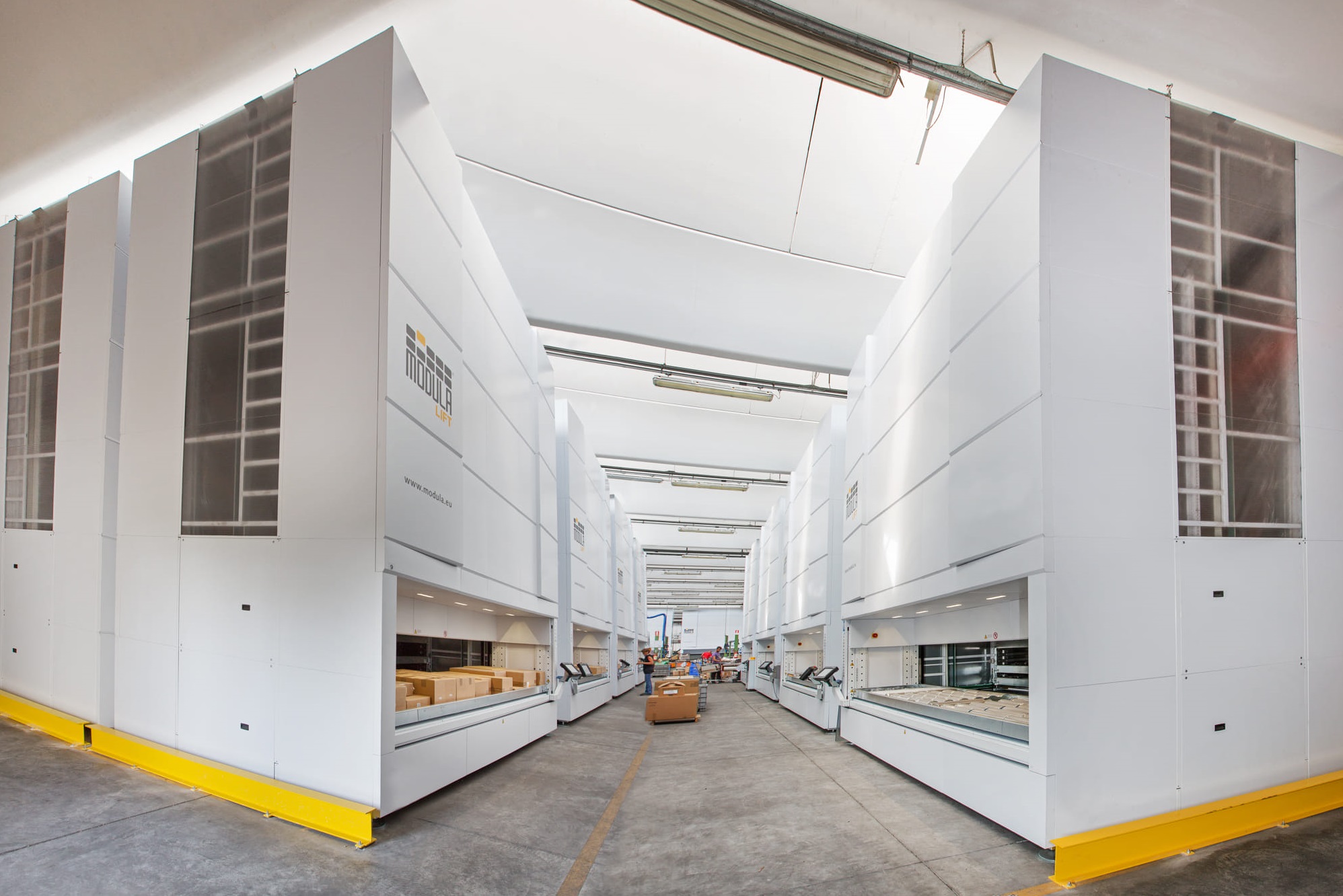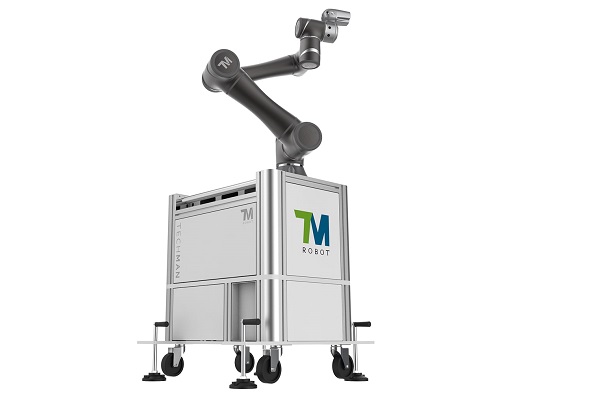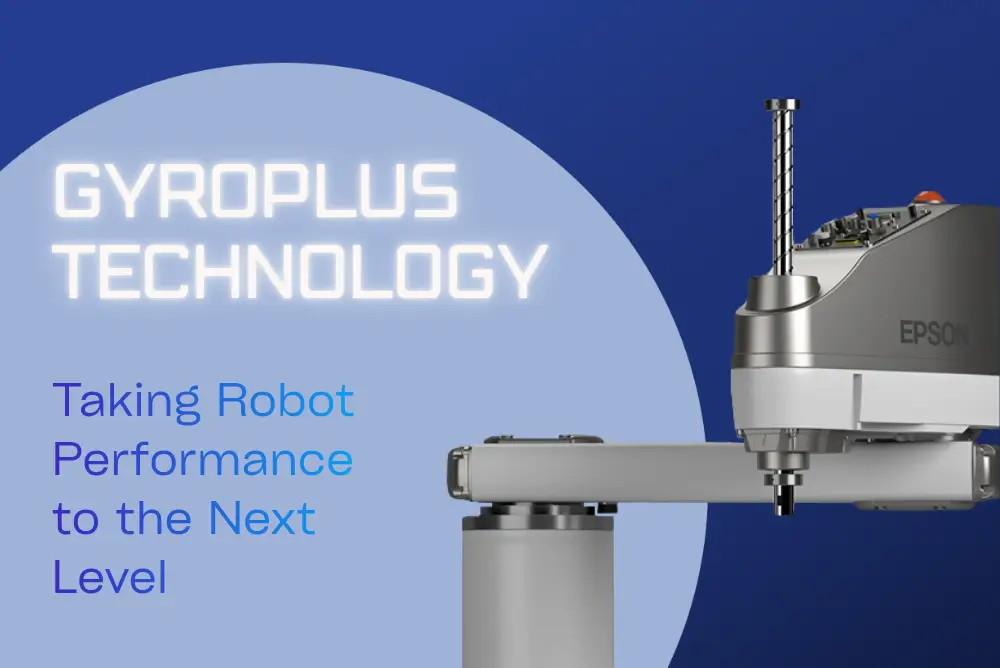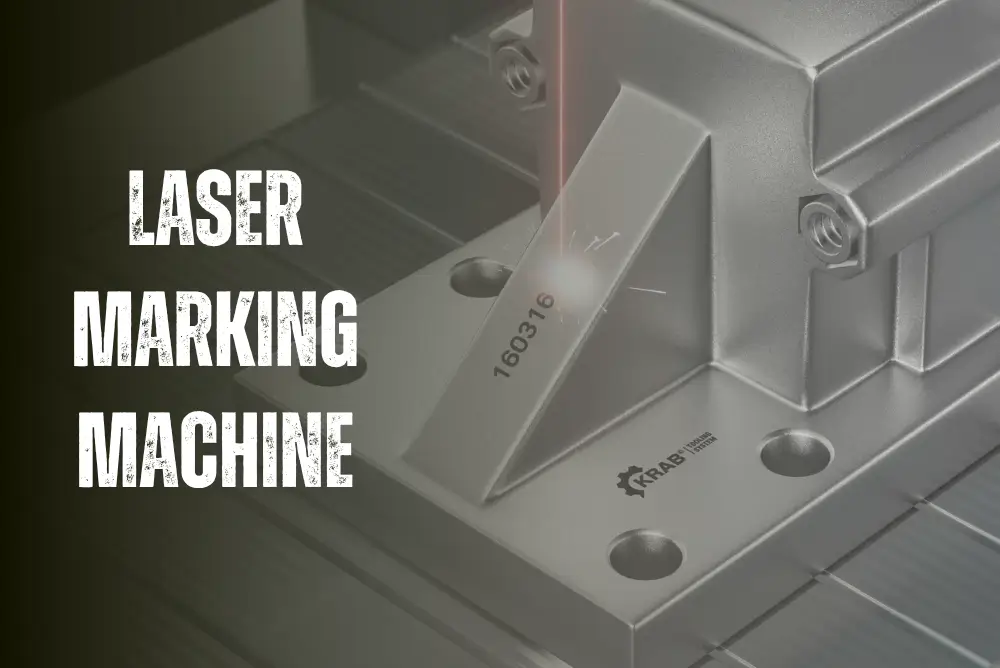A feeder hopper is an indispensable part of modern machining and manufacturing processes. This article offers essential information about feeder hoppers and outlines 5 important considerations to help you find a quality system that serves your production and machining requirements.
What is an Automatic Part Feeder?
Part
A part (or "material") refers to the initial materials used in the manufacturing process to create final products. These can be metal sheets, steel bars, plastic sheets, or other materials used for machining and fabrication into the final products through processes such as machining, cutting, or casting.
Automatic Part Feeder
An automatic part feeder system is designed to automate the process of supplying parts to manufacturing machines or production lines. The automatic part feeder system can include conveyors, robots, automatic machinery, or intelligent control systems to pick up, move, and place parts in the required positions during production without human intervention. The automatic part feeder, also known as a part feeder, is an automatic part supply system.
Part Feeder
Structure of an Automatic Part Feeder
An automatic part feeder typically includes the following common components:
- Sensor and Control System: This is the intelligence of the part feeder, where sensors detect the parts and control information is generated. Intelligent controls determine the position, orientation, and movement process of the parts.
- Gripping and Moving Mechanism: This is the operational part, usually consisting of robots or programmed gripping mechanisms to pick and move parts from the source location to the required position in the production process.
- Conveyor System or Other Movement Mechanisms: Sometimes, conveyors or other movement mechanisms are integrated to transfer parts from one location to another continuously and coherently.
- Interface with Production System: The automatic part feeder is often integrated with the main production system, which can include machining equipment, production lines, or other processes. This interface ensures that parts are fed into the production process logically and efficiently.
You can learn more about the structure of an automatic part feeder through the article: Part feeder - Satisfy all your needs
Types of Automatic Part Feeders
| Operating Principle | Applications | |
| 3D Flexible Part Feeder | Utilizes 3D vibration principles combined with robots to move and feed parts accurately according to predefined commands. | This is used in precision machining production, where consistency and precision of parts are required, or when parts of different sizes need to be changed frequently. |
| Bowl part feeder and Rotary part feeder | Uses vibration principles to feed parts from the source to the required position in the production process. | This is used in mass production processes, particularly when automating the supply of materials. |
| Linear part feeder | Uses a vibrating bar to move and feed parts to production machinery or assembly lines. | This is suitable for production environments that require stable part feeding or cost-saving measures. |
| Dedicated Machining Part Feeder | Provides parts to specialized machining equipment through movement mechanisms or automatic systems. | This is used in specialized industries where part feeding needs to be adjusted according to the specific requirements of the dedicated machining equipment |
Advantages and Disadvantages of Automatic Part Feeders
| Advantages | Disadvantages |
|
|
5 Important Considerations Before Buying an Automatic Part Feeder
Currently, many companies supply automatic part feeders on the market. When choosing a reputable supplier, there are several important considerations to keep in mind:
- Type of Parts and Feeding Requirements: There are various types of part feeders available, such as bowl part feeders, rotary part feeders, linear part feeders, 3D Flexible part feeders, etc. Each type has its advantages and disadvantages. Therefore, you need to identify the type of parts you need to feed (shape, size, material, weight, etc.) and the feeding requirements (mass feeding, high precision, frequent part replacement, etc.) to choose a part feeder that meets your production needs.
- Experience and Field of Expertise of the Supplier: Research the experience and field in which the supplier operates. Suppliers with long-term and specialized experience in automation are often capable of providing high-quality products and better services.
- Certifications: Does the supplier have certifications, certificates, or evaluations from reputable organizations in the industry? This can be an indicator of the supplier's reliability in providing quality products.
- Reputation and Reviews: Check the supplier's reputation based on reviews from previous customers. Look for feedback on product quality, after-sales service, and their reliability in delivering products.
- Technical Support and After-Sales Service: This is crucial, especially when there are product issues or technical support needs. A company that offers dedicated technical support and good after-sales service can help you resolve problems efficiently and quickly.
With over 11 years of experience in the research, production, and business of automatic part feeders, Temas is confident in providing effective and optimal solutions for your applications. We are committed to offering the best experience with all pre- and post-sales services, helping you achieve your goals by providing efficient, advanced, and synchronized solutions.
Let us know your requirements via email at info@temas.vn or phone at (+84) 24 3386 1691/24 3795 7839 (Hanoi) or (+84) 28 2243 0303 (Ho Chi Minh City).
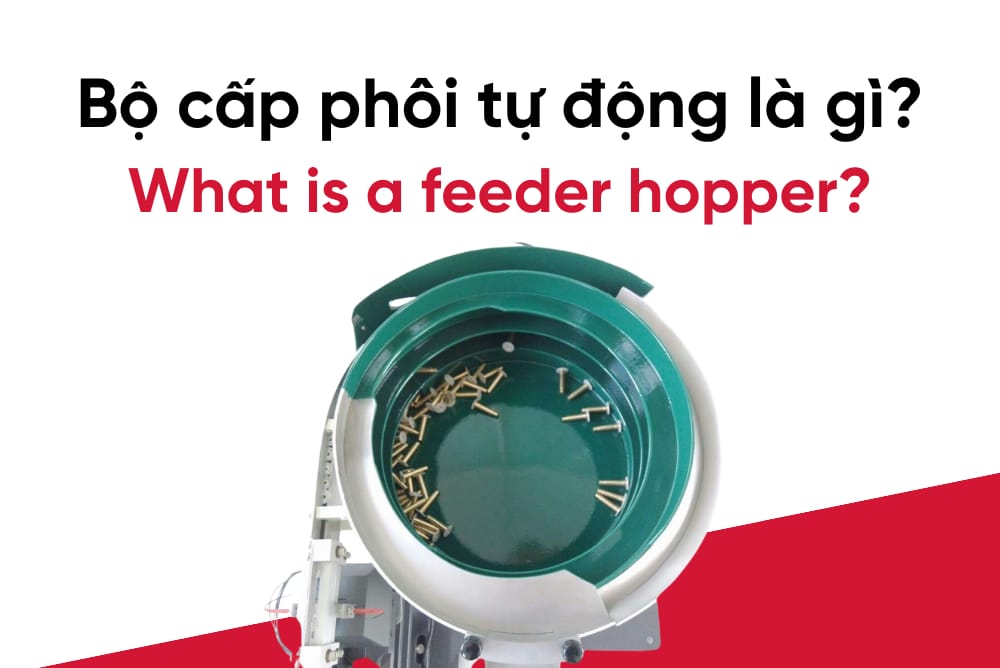
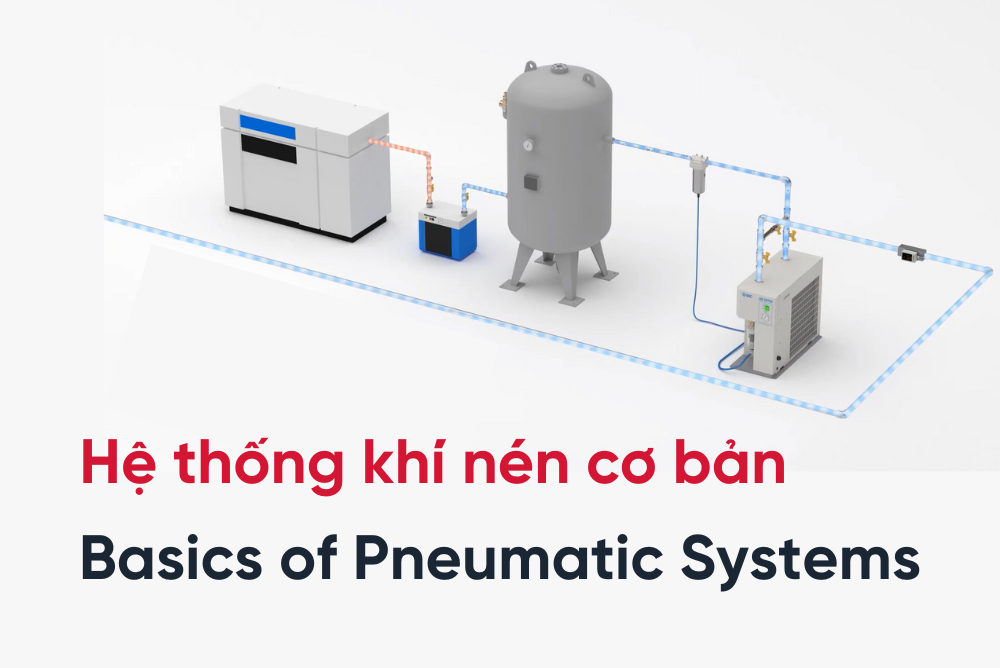
 Read more
Read more
